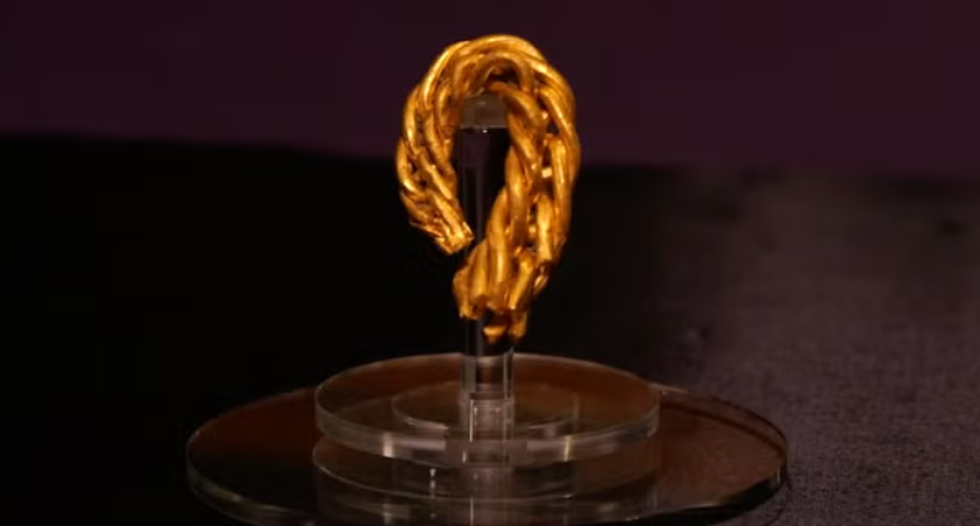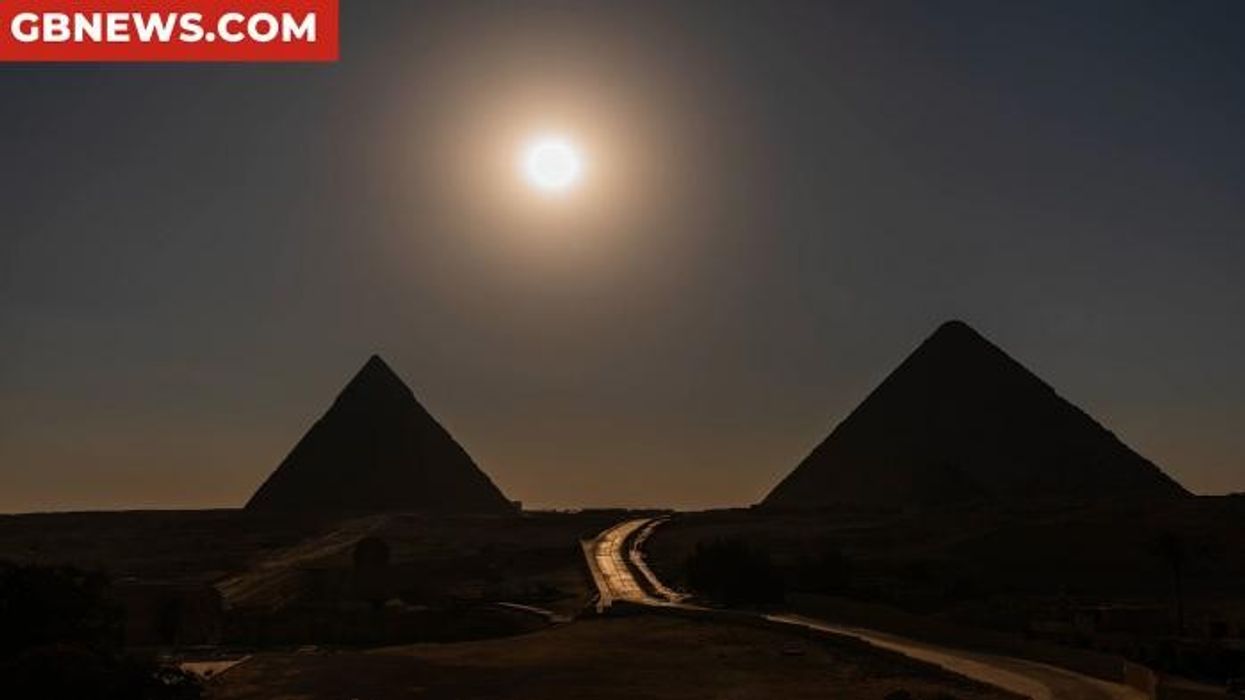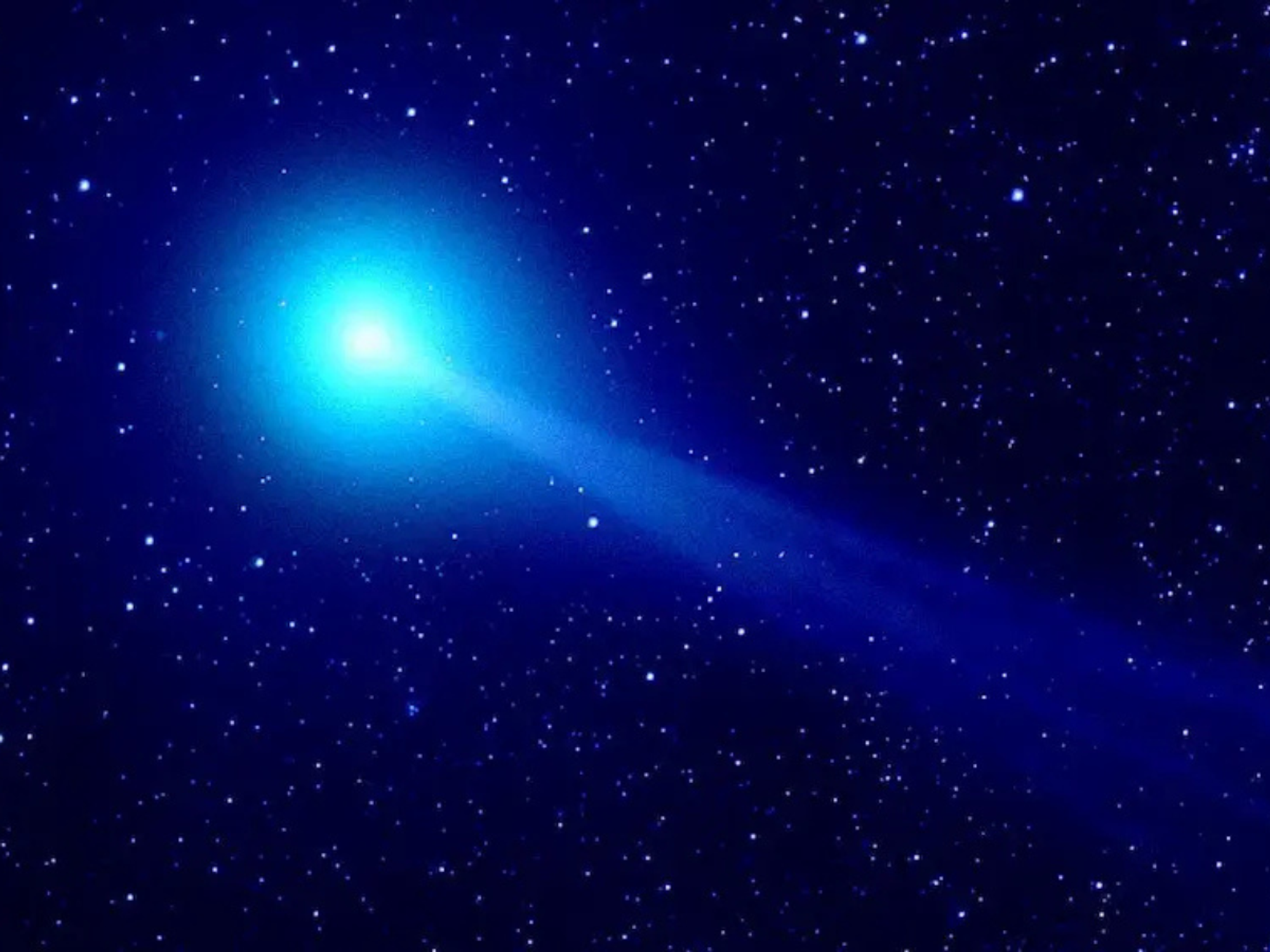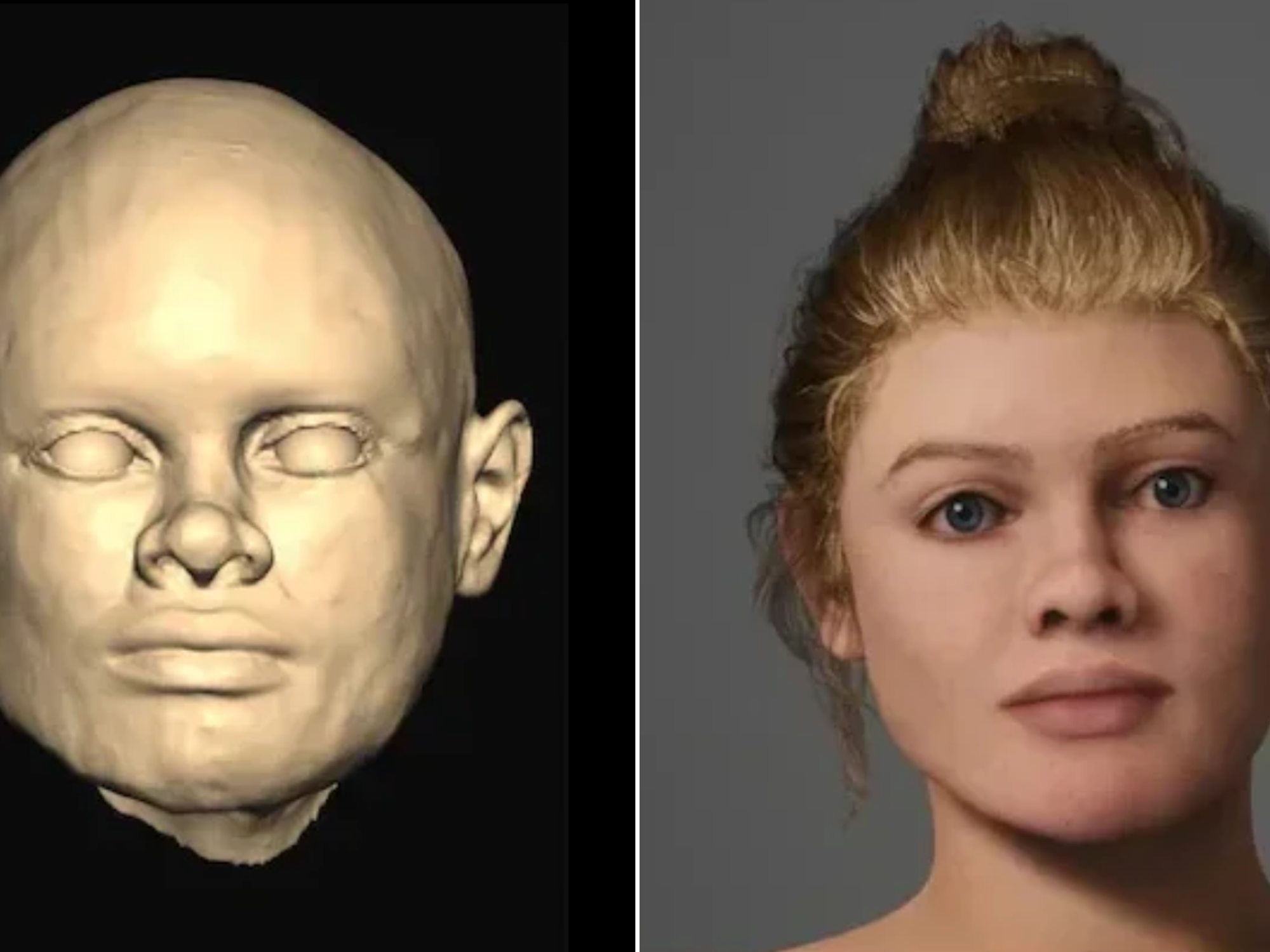Archaeology breakthrough as metal detectorist 'couldn't believe it' when he found 1,000-year-old Viking gold treasure

The treasure has been exhibited in the Viking Gallery at the Manx Museum in Douglas since May 31
Don't Miss
Most Read
A metal detectorist has made an extraordinary discovery on the Isle of Man, unearthing a Viking gold arm ring that dates back approximately 1,000 years.
Ronald Clucas, an amateur detectorist, found the ancient treasure while searching with his metal detector.
Clucas said: "It was quite a big shock to discover this lovely piece of gold. I couldn't really believe it at first!"
The remarkable find dates from 1000AD to 1100AD and represents a significant archaeological discovery.

A metal detectorist has made an extraordinary discovery on the Isle of Man, unearthing a Viking gold arm ring that dates back approximately 1,000 years
| GettyClucas explained: "Gold generally gives a very low signal on the detector, so you can't really predict what's going to be uncovered."
The arm ring comprises eight gold rods expertly plaited together, weighing nearly 28 grams.
It was discovered folded in half, measuring approximately 4cm, suggesting its original length was around 8cm.
Manx National Heritage, the charitable trust responsible for preserving the island's cultural heritage, confirmed the artefact enhances understanding of the Isle of Man's significant Viking past.
LATEST DEVELOPMENTS:

The arm ring comprises eight gold rods expertly plaited together, weighing nearly 28 grams
|Manx National Heritage
.
Researchers believe a skilled goldsmith crafted the piece using specialised techniques.
Clucas said: "I've been detecting for many years now and found some wonderful things, but to find a piece of gold from the Viking Age, that's really something else."
The Isle of Man served as a crucial Viking trading centre and became a settlement after the 9th century.
Previous research revealed that the island operated a dual economy where both coins and precious metal bullion served as payment methods.
Though Viking gold discoveries remain far rarer than silver finds on the island, experts believe this braided arm band likely functioned as currency.

The Isle of Man was a crucial Viking trading centre and became a settlement after the 9th century
|Getty
Curator for archaeology at Manx National Heritage, Allison Fox, said: "Jewellery items such as this had several functions in the Viking Age, both as prized personal possessions and visible displays of wealth. They were easily portable and were also used to cover costs in financial transactions.
"This arm ring has been cut twice, indicating it has possibly been used for at least two separate transactions. One cut removed the terminal end of the arm ring, the other one cut the original complete arm ring almost in half."
The reason for the fragment's burial remains uncertain.
Fox said: "It may have been hidden for safekeeping, could just have been lost or may even have been buried as an offering to the Viking gods."
The Viking treasure has been exhibited in the Viking Gallery at the Manx Museum in Douglas since May 31.











